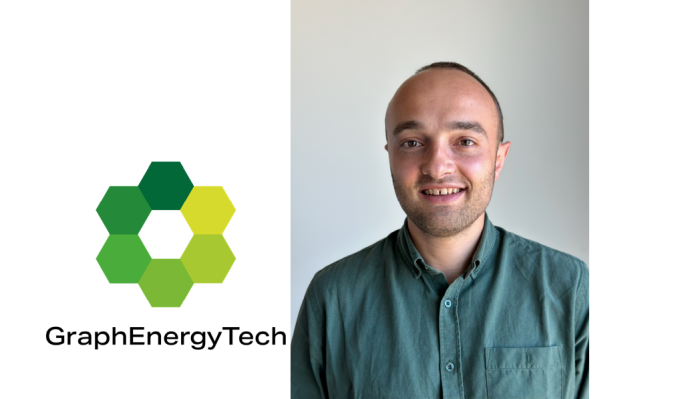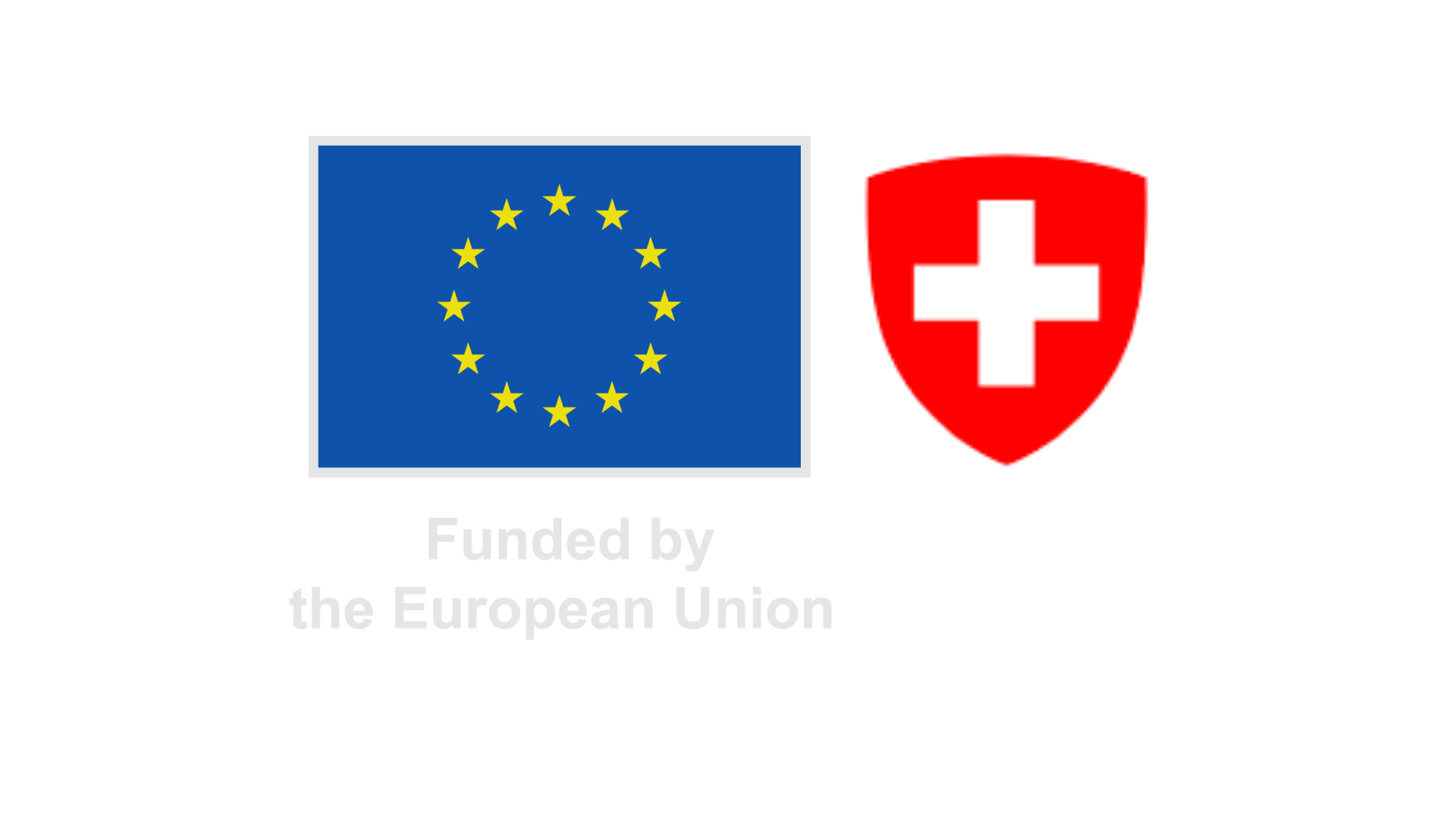I’m Dr. Thomas Baumeler, CEO and co-founder of GraphEnergyTech, a cleantech startup based in Cambridge and Lausanne. I was born and raised in the Jura mountains, in the French speaking part of Switzerland. I’m now based in Lausanne, a beautiful and dynamic city on the Lake Geneva shores. At GraphEnergyTech, we specialize in developing high-performance graphene-based electrodes to replace silver in solar cells. In the SiLEAN project, GraphEnergyTech contributes its patented graphene technology to enable silver-free, scalable, and sustainable metallization solutions for next-generation silicon heterojunction (SHJ) solar cells.
What was your original motivation to become a researcher?
I’ve always been curious and driven by a desire to understand the fundamentals of nature—and even the nature of life itself. How does the world actually work, what are the small constituents of matter, these sort of things. This is what naturally led me to study chemistry initially. Then, coming to a more mature part of my career, I’ve also always wanted to have a tangible, positive impact on society. That’s what drew me to solar research—it was, to me, one of the most direct and beautiful ways to contribute to a more sustainable future through science, and leveraging my knowledge and background in chemistry. Also, I was fortunate to study at EPFL, Switzerland, where Prof. Michael Grätzel is based. Having the opportunity to join his group was a milestone in my early career, and that’s how I went for a PhD at EPFL.
What is your (main) research area today?
Our primary research area is the development of conductive carbon-based materials, particularly graphene inks, to replace metals in energy applications. In practice, we’re currently focused on integrating these materials as electrodes into solar cells, aiming to replace scarce and expensive silver, aiming to reduce cost and enhance sustainability.
What is the main objective of your team in SiLEAN?
Our goal in SiLEAN is to develop and implement silver-free metallization techniques for SHJ solar cells using our graphene-based electrodes. By doing so, we aim to reduce reliance on critical raw materials, lower manufacturing costs, and decrease the environmental footprint of solar panel production.
What expertise and facilities does your team have to meet those objectives?
GraphEnergyTech boasts a multidisciplinary team with expertise in materials science, chemistry, and photovoltaic engineering. Our facilities are equipped for the synthesis of graphene nanoplatelets and the formulation of conductive inks compatible with industrial processes like screen printing and slot-die coating. This infrastructure enables us to develop and scale up our electrode technologies effectively.
Which aspects of your research at SiLEAN do you believe are the most innovative and what unique opportunities offer SiLEAN to yourself and/or your organisation?
The most innovative aspect is our approach to replacing silver with graphene-based electrodes in SHJ solar cells, which has the potential to revolutionize solar panel manufacturing. SiLEAN provides a unique platform for collaboration with leading European research institutions and industry partners, accelerating the development and adoption of our technology.
How do you see the future use of the SiLEAN results and the impact of SiLEAN project in our daily lives?
The SiLEAN project’s outcomes could lead to more affordable and sustainable solar energy solutions, making renewable energy more accessible globally. By reducing dependence on scarce materials and lowering production costs, we can facilitate the widespread adoption of solar technology, helping accelerate the global energy transition and combat climate change.


